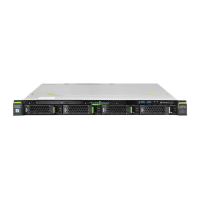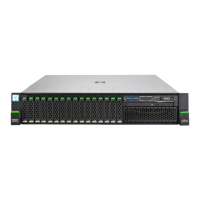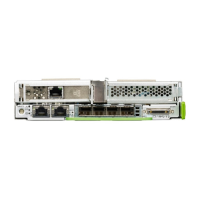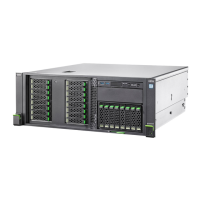pairs. In this case, the operation mode will automatically revert to Independent
Channel Mode.
For more information on memory operation modes available for your
server, see "Modes of operation" on page 235.
After replacing the defective module(s) the memory operation mode is
automatically reset to its original state. It is recommended to verify that the
operation mode has been correctly.
▶
Enter the BIOS.
▶
Select the Advanced menu.
▶
Select Memory Status and verify that none of the memory modules are
marked as Failed.
▶
Select Memory Configuration to verify Memory Mode of Operation.
▶
Save your changes (if applicable) and exit the BIOS.
For more information on how to access the BIOS and modify settings,
see the corresponding BIOS Setup Utility reference manual.
5.3.11 Verifying the system time settings
This task only applies to Linux and VMware environments.
After the system board has been replaced, the system time is set automatically.
By default, the RTC (Real T
ime Clock) time standard is set as the local time.
If a Linux/VMware OS is used and the hardware clock has been configured as
UTC (Universal Time, Coordinated) in the OS, the BMC local time may not be
mapped correctly.
▶
After replacing the system board, ask the system administrator whether the
RTC or UTC time standard is to be used as system time.
If the system time (RTC) is set to UTC, the SEL (System Event Log)
time stamps may differ from the local time.
▶
Enter the BIOS.
Basic software procedures
82 Upgrade and Maintenance Manual RX1330 M4

